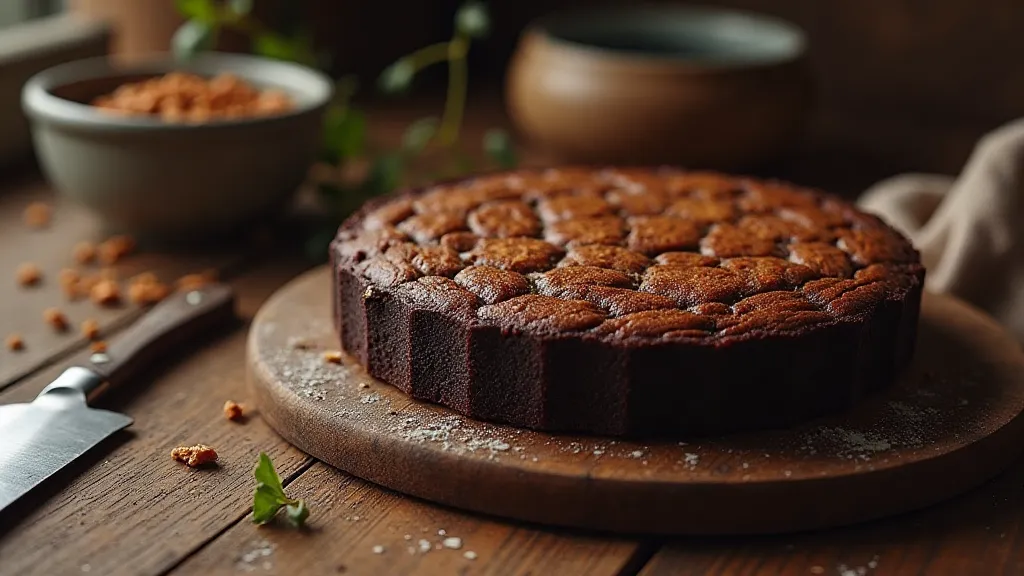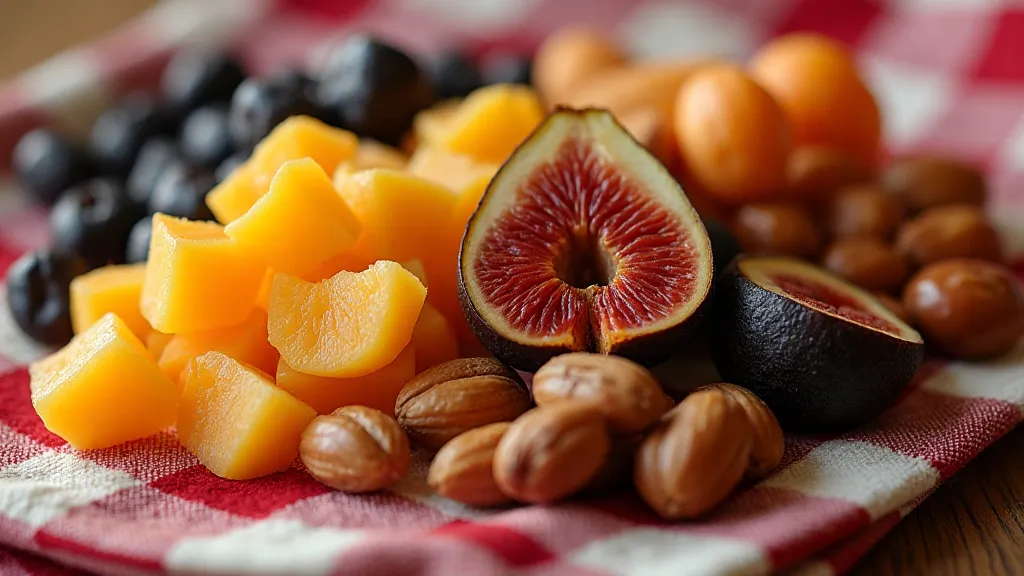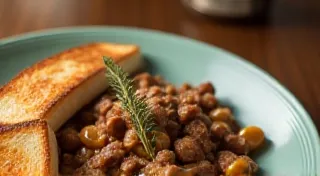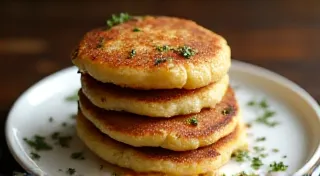Fruitcake: A Sweet Keepsake for Hard Times
The aroma of fruitcake might conjure images of Christmas and holiday gatherings, but its story is deeply intertwined with a far more challenging period in American history: the Great Depression. Far from a decadent indulgence, fruitcake during the 1930s represented ingenuity, preservation, and a little bit of joy amidst widespread hardship.
The Roots of Fruitcake: A Preservation Tradition
Fruitcake wasn’t born in the Depression. Its origins trace back to ancient Rome, where crumbled bread, dried fruits, and nuts were mixed together to create a sustaining, portable food. As centuries passed, the recipe evolved across Europe, with each region adding its own unique touches. By the 18th and 19th centuries, fruitcake was becoming a beloved treat, particularly in England and the American colonies. However, these recipes often called for expensive ingredients like imported dried fruits and high-quality alcohol – luxuries that dwindled during the Depression.

Fruitcake’s Role in the Great Depression
During the Great Depression, frugality was paramount. Families were forced to make the most of limited resources. This is where fruitcake truly shone. The ability to preserve seasonal fruits – berries, apples, cherries – through drying and incorporating them into a long-lasting cake was invaluable. Families would gather fruits in the summer and fall, and these preserved fruits became a crucial part of their winter pantry. The core principles of resourcefulness extended to nearly every aspect of meal planning; families sought out affordable and versatile ingredients to stretch their budgets.
Furthermore, alcohol, often used to moisten and flavor the cake, was a resourceful use of otherwise scarce ingredients. While expensive spirits were used in wealthier households, many families used homemade wine or even fruit juices and vinegar. The longevity of fruitcake – it could last for months, even years – meant that a single batch could provide several weeks' worth of dessert, a significant advantage during a time when food was often scarce. Beyond the fruitcake itself, simple and affordable staples like rice pudding frequently found their way onto dinner tables, a testament to the creative solutions families employed to provide nourishment.
Adapting Recipes and Embracing Simplicity
The Depression era forced a shift in culinary practices. Elaborate recipes were often abandoned in favor of simpler methods and readily available ingredients. Traditional techniques were adapted, and substitutions became commonplace. What might have once been a dish featuring imported delicacies was reimagined using whatever was accessible and affordable. This era fostered a spirit of innovation in the kitchen, where resourcefulness and creativity reigned supreme. Sometimes, transforming leftovers into something new was essential, as demonstrated by the inventive techniques explored in articles such as "The Alchemy of Leftovers: Transmuting Loss into Sustenance."
Even appetizers were adapted to be both budget-friendly and satisfying. Recipes like deviled eggs, utilizing inexpensive eggs and minimal additions, were a common sight, proving that simple ingredients could be transformed into a delicious and filling treat.
A Traditional Depression-Era Fruitcake Recipe
Here’s a simplified version of a traditional fruitcake recipe, adapted to reflect the ingredients and techniques common during the Great Depression. Keep in mind that families often modified recipes based on what they had on hand.
Ingredients:
- 2 cups all-purpose flour
- 1 teaspoon baking soda
- 1/2 teaspoon salt
- 3/4 cup vegetable shortening
- 3/4 cup brown sugar
- 1 egg
- 1/2 cup molasses
- 1/2 cup apple juice or vinegar (as a substitute for alcohol)
- 1 cup mixed dried fruits (raisins, dried apples, dried cranberries, chopped dates - whatever was available)
- 1/2 cup chopped nuts (optional, if available)
- 1 teaspoon spices (cinnamon, nutmeg, cloves - use what you have!)
Instructions:
- Preheat oven to 350°F (175°C). Grease and flour a loaf pan.
- In a bowl, whisk together the flour, baking soda, and salt.
- In a separate bowl, cream together the shortening and brown sugar until light and fluffy.
- Beat in the egg, then stir in the molasses and apple juice/vinegar.
- Gradually add the dry ingredients to the wet ingredients, mixing until just combined.
- Fold in the dried fruits and nuts (if using).
- Pour the batter into the prepared loaf pan and bake for 1 hour to 1 hour 30 minutes, or until a toothpick inserted into the center comes out clean.
- Let the cake cool completely before slicing and serving.

Beyond Desserts: A Foundation of Simple Fare
While the sweet indulgence of fruitcake offered a rare treat, the daily diet of many families during the Great Depression was far more humble. Breakfasts often consisted of simple fare like cornmeal mush, a versatile and affordable staple that could be adapted in countless ways. Similarly, main meals revolved around readily available and inexpensive ingredients like beans, potatoes, and whatever vegetables could be grown in small gardens. Families really had to be inventive about getting the most nourishment from the least amount of resources; many lessons can be gleaned from those inventive strategies.
The Enduring Legacy of Resourcefulness
The challenges of the Great Depression fostered a culture of resourcefulness and ingenuity that extended far beyond the kitchen. Families learned to make do with less, to repair and reuse items, and to support one another in times of hardship. The principles of frugality and mindful consumption, once born out of necessity, continue to resonate today, reminding us of the value of appreciating what we have and making the most of it. It’s fascinating to consider how creative meals like Sloppy Joes, initially born from constraints, remain beloved comfort foods even today, a testament to their simple yet satisfying appeal.
The Psychology of Comfort Food & Depression-Era Cooking
Beyond the practical aspects of sustenance, food played a vital psychological role during the Depression. A simple, homemade cake, even one made with limited ingredients, could be a source of comfort and a reminder of better times. The shared act of baking and eating together fostered a sense of community and resilience. The aromas and tastes evoked memories and traditions, offering a temporary escape from the harsh realities of the era. It's a compelling reminder of how even the most basic necessities can hold profound emotional significance.
Variations and Regional Differences in Fruitcake Recipes
While the general principles of frugality and resourcefulness applied across the nation, fruitcake recipes varied regionally, reflecting local ingredients and traditions. In some areas, families might have incorporated wild berries or locally foraged nuts. Others might have used different types of dried fruits, depending on what was readily available. Even the alcohol used to moisten the cake could vary, with some regions favoring homemade wine or cider while others used stronger spirits.
The Modern Perception vs. Historical Reality of Fruitcake
Today, fruitcake often evokes a polarizing response, frequently associated with kitsch and excess. However, it’s crucial to remember the historical context in which it was created – a time of scarcity and hardship. The modern, overly-sweet and heavily-soaked versions bear little resemblance to the humble and resourceful cakes that sustained families during the Great Depression. Reclaiming the true history of fruitcake requires understanding its origins as a symbol of ingenuity and perseverance.
More Than Just a Dessert
Fruitcake during the Great Depression was more than just a dessert; it was a testament to the resilience and ingenuity of American families. It represented a way to make the most of scarce resources, a source of sweetness during difficult times, and a connection to a tradition of resourcefulness that continues to resonate today. While the fancy, heavily-alcohol soaked versions may dominate modern perceptions, remember the heart behind it: a simple, enduring recipe born from necessity and infused with hope. The very act of creating and sharing fruitcake during those years served as a symbol of community and a reminder of brighter days ahead.






